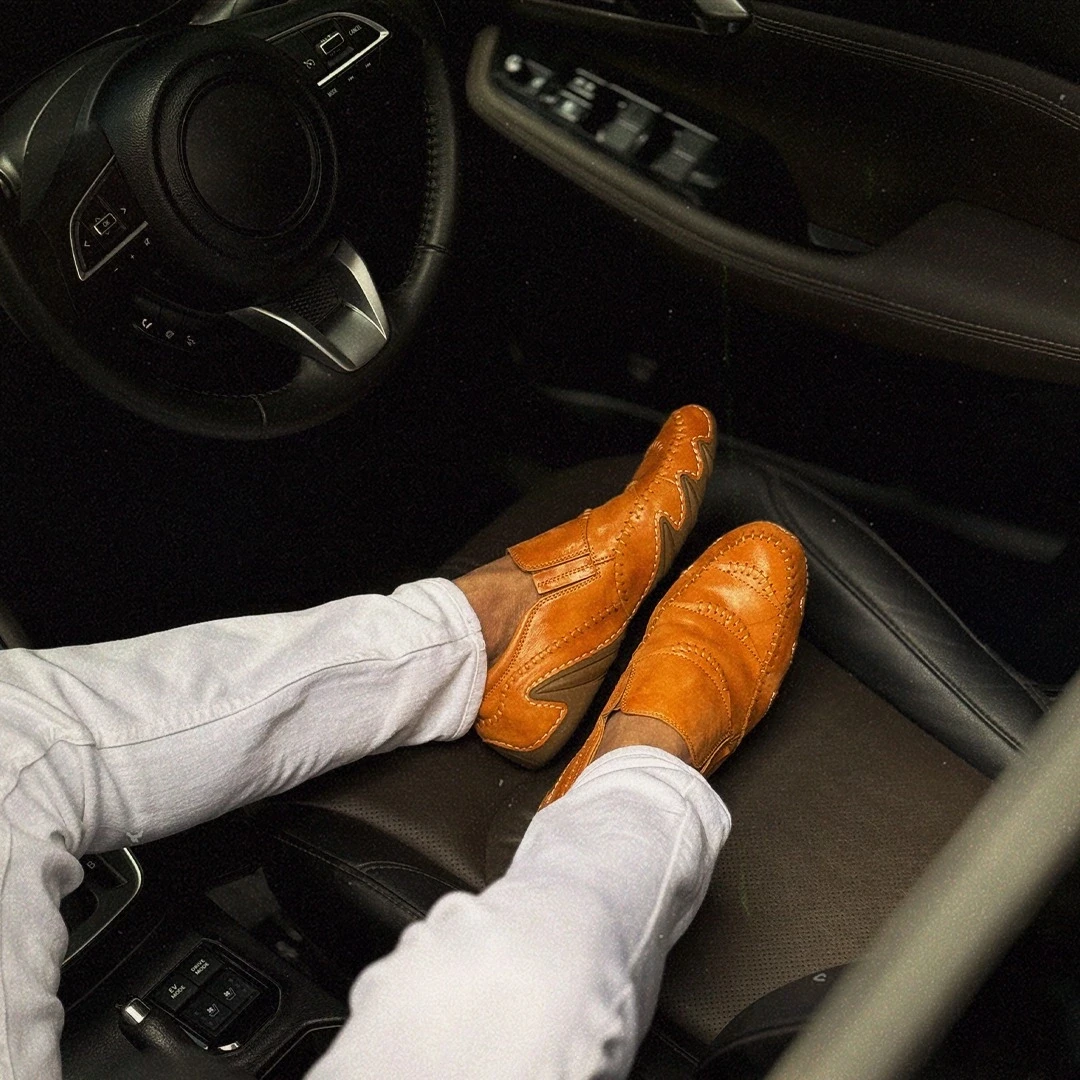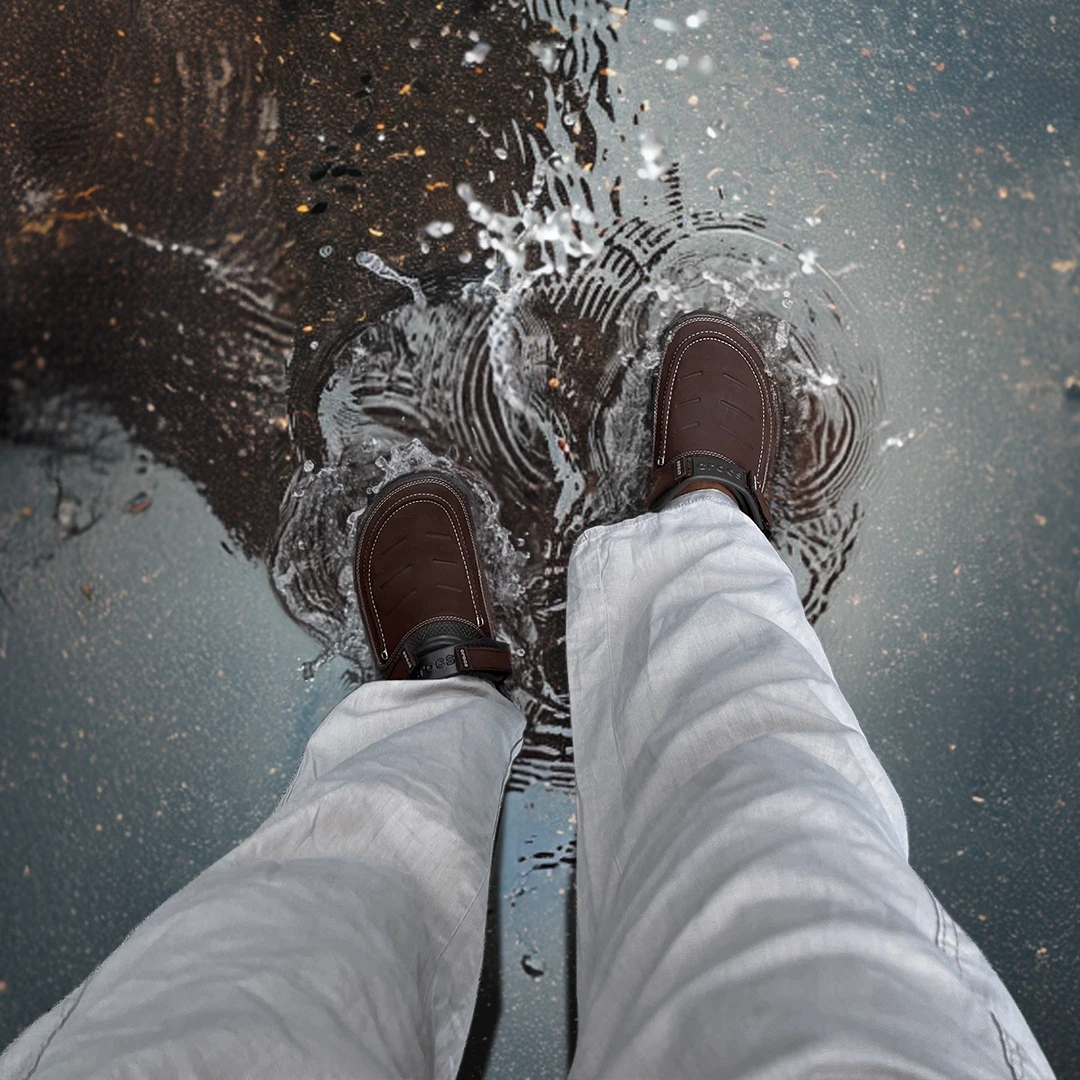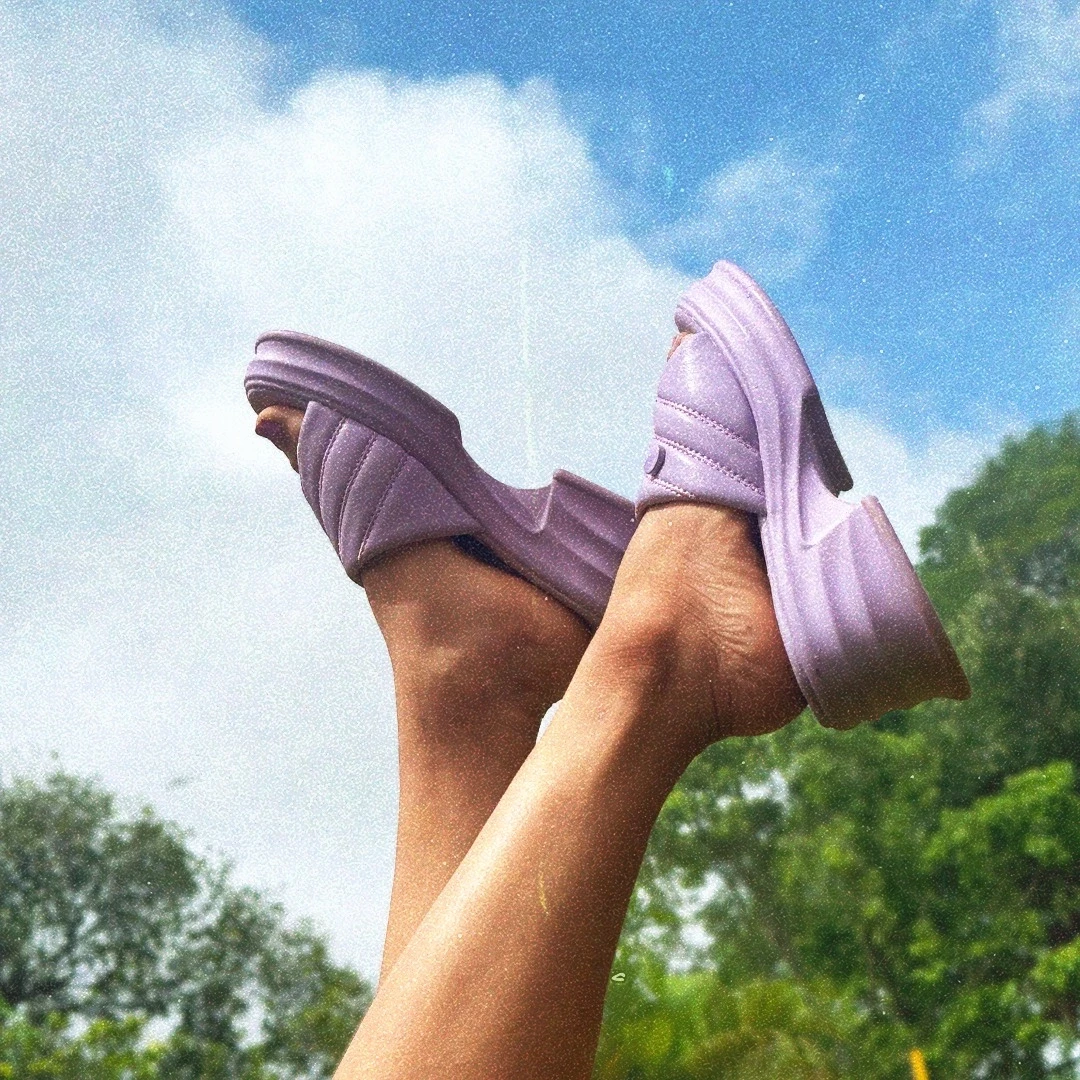You have no items in your shopping cart.
Walking Shoes vs Running Shoes: Which One is Right for You?
2025-04-09 15:20:37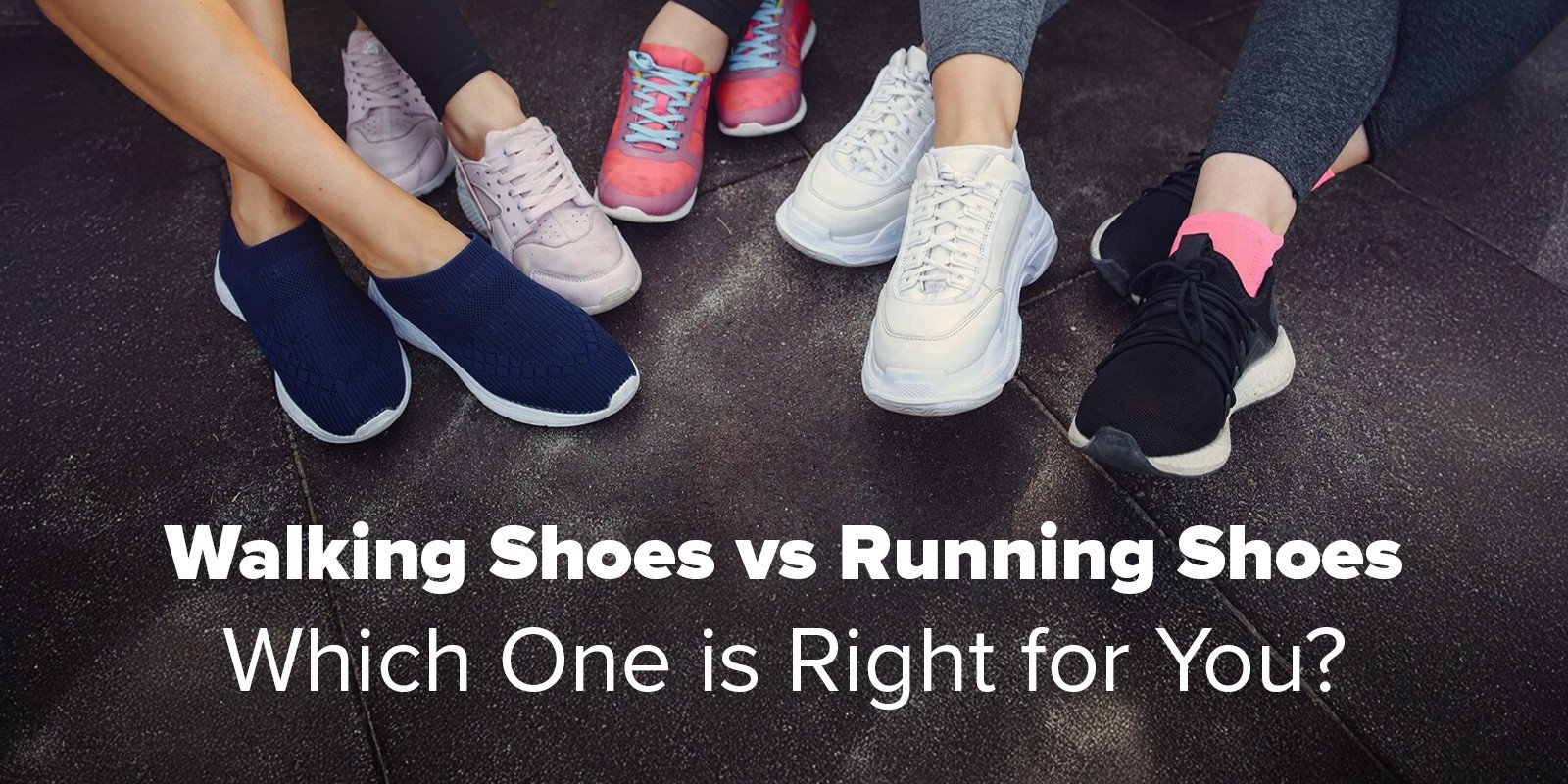
Let’s be real—choosing the right pair of shoes can make or break your fitness journey (and your feet). Jokes apart, it’s actually a quite serious matter to consider the right shoe for your fitness regime. Whether you’re hitting the pavement for a brisk walk or gearing up for a weekend run, your footwear needs to keep up with your goals – and support you in the right way. But here’s where it gets tricky: walking shoes vs running shoes—are they really that different?
Spoiler: Yes, they are. And if you've been wearing one for the other, your feet have probably noticed by now and they don’t thank you for it. There’s a reason that these two categories exist, are some of the most popular shoes available, and are generally not used interchangeably by those who know their footwear well.
Now, there’s no reason to worry. Even if you're wondering what is the difference between walking and running shoes and which one is right for your daily grind, we’ve got you covered. This guide will help you understand the difference between these two categories and will let you understand how to pick either of them as per your needs. Without further ado, let’s break it down.
What is the Difference Between Walking and Running Shoes?
Although they may look similar, walking shoes and running shoes are designed for completely different motions and impact levels. While technically they’re both shoes, that’s where the similarities end. If you analyse it properly, you’ll realise that the motions of running and walking use different parts of the foot and leg differently. Here’s a more detailed differentiation between the two.
Running Shoes: Built for High Impact
When you run, your body experiences nearly 3x your body weight in impact with each step. Needless to say, if this is not supported properly, this can prove to be damaging to your feet. That’s why running shoes are designed to absorb shock, support forward momentum, and reduce injury risk. All these factors together make them not only crucial for a safe experience, but also necessary to improve running performance.
Running shoes typically feature:
- Extra cushioning, especially in the heel and forefoot, which are the highly used areas
- Lightweight construction to keep every step as weightless as possible
- Responsive soles for bounce-back which aids forward movement and reduces shock
- Greater heel-to-toe drop for easier forward propulsion
Walking Shoes: Engineered for Stability and Support
Walking is low-impact, but it still requires support. This is even more applicable for those who walk long distances. Walking shoes focus on stability, arch support, and heel alignment, with soles that promote natural motion without the exaggerated roll that comes with running. Due to this difference, they’re also constructed very differently from running shoes.
Walking shoes typically feature:
- Firm midsoles for controlled steps
- Flex grooves for natural stride motion
- Lower heel drop for flatter foot contact
- Durable rubber outsoles for traction
The main difference between running and walking shoes? Running shoes focus on impact absorption and speed. Walking shoes prioritize control, comfort, and endurance.
Key Features to Look for in Walking and Running Shoes
Whether you're investing in a pair of women walking shoes or picking out your next pair of joggers, the right features to consider can make the difference between a comfortable experience and pain in your feet. To help you make the right choice, here are the features that should guide your decision:
Cushioning
- Running: High cushioning in heel and forefoot for impact absorption
- Walking: Moderate cushioning with firmer arch support for overall balance and ergonomics
Heel Drop
- Running: Usually 8–12mm to assist forward motion with every step
- Walking: 0–8mm for stable, even foot contact with every step
Flexibility
- Running: Flexible in the midfoot and forefoot for great freedom of movement
- Walking: Flexible mainly at the forefoot only for adequate support
Weight
- Running: Lightweight and breathable to keep every step floating
- Walking: Slightly heavier for support and durability for steadier balance
Outsole Grip
Both types should offer excellent grip, but walking shoes may have more contact area for stability, while running shoes might use traction pods for high-speed responsiveness. Both of these designs are well suited for their required use case.
Looking for options? Check out Mochi’s curated selection of walking shoes—made to move as much as you do.
Running Shoes Versus Walking Shoes – Common Mistakes to Avoid
Now that we’ve covered the key differences between the two, its important to know how not to use either of them. Okay, here’s what not to do:
Wearing Running Shoes for Long Walks (Without Considering Fit)
Sure, you can walk in running shoes, but only if they suit your stride and don’t throw off your gait. Too much heel cushioning can actually cause discomfort over time if your walk is slow-paced or flat-footed. Keep this in mind for a good experience.
Using Walking Shoes for Running
Big no. Walking shoes don’t provide enough shock absorption or responsiveness for running. This increases your risk of knee, ankle, and back pain. Over time, this can lead to long term pain that requires therapy to cure.
Buying Based on Looks Alone
We get it—style matters (especially at Mochi!). But trust us, prioritizing fit and functionality will save your soles. Look for neutral support, arch alignment, and proper sizing. At Mochi, choosing functionality won’t make you compromise on style.
Ignoring Shoe Replacement Timelines
Even the best shoes wear out. Replace your walking shoes every 500–800 km and your running shoes every 400–600 km, depending on your activity level.
Pro tip: Rotate your footwear to allow shoes to decompress and stay fresh longer. This is not just true for your running and walking shoes but should also be done for your entire shoe wardrobe.
How to Maintain Your Walking and Running Shoes for Longevity
After all this research and hard work, if you’ve found your perfect pair, you would want it to last for as long as possible, right? That’s where we come in as well. Here are some tips with which you can help your favourite running shoes and walking shoes last for longer.
Clean Them Regularly
Use a damp cloth and mild soap for the upper. Avoid machine washing (unless the shoes are specifically designed for it).
Air Dry Always
Never put them in the dryer. Stuff them with newspaper and air dry naturally to maintain structure.
Deodorize Weekly
Sprinkle baking soda or use shoe deodorizing sprays to keep odor under control—especially after sweaty sessions.
Alternate Pairs
Give each pair 24–48 hours to “rest” between wears. It helps retain shape and freshness while reducing breakdown of cushioning.
Conclusion
The great walking vs running shoes debate ends here: they’re not interchangeable, and your choice should reflect your activity, comfort, and personal goals.
If your routine includes long walks, errands, or low-impact fitness, go for structured walking shoes with arch support and a flatter sole. If you're sprinting, jogging, or hitting the gym, invest in responsive, impact-friendly running shoes that move with your stride.
At Mochi, we believe performance and style go hand in hand. Explore our collection of walking shoes for men and women walking shoes crafted with thoughtful design, premium comfort, and trend-forward aesthetics—so every step is a stylish one.

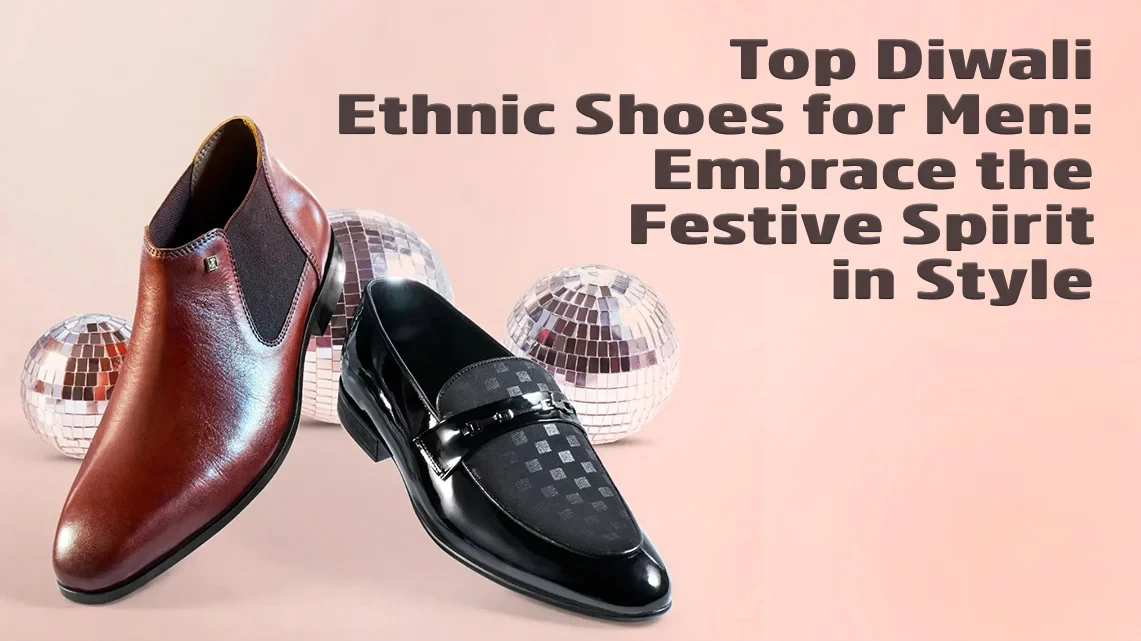
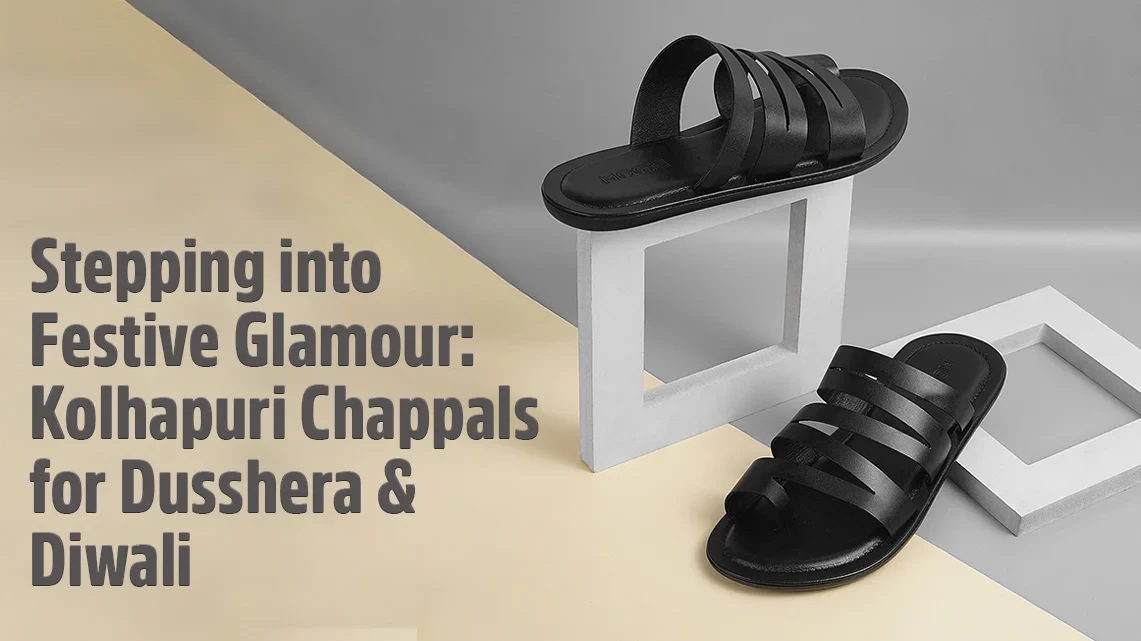

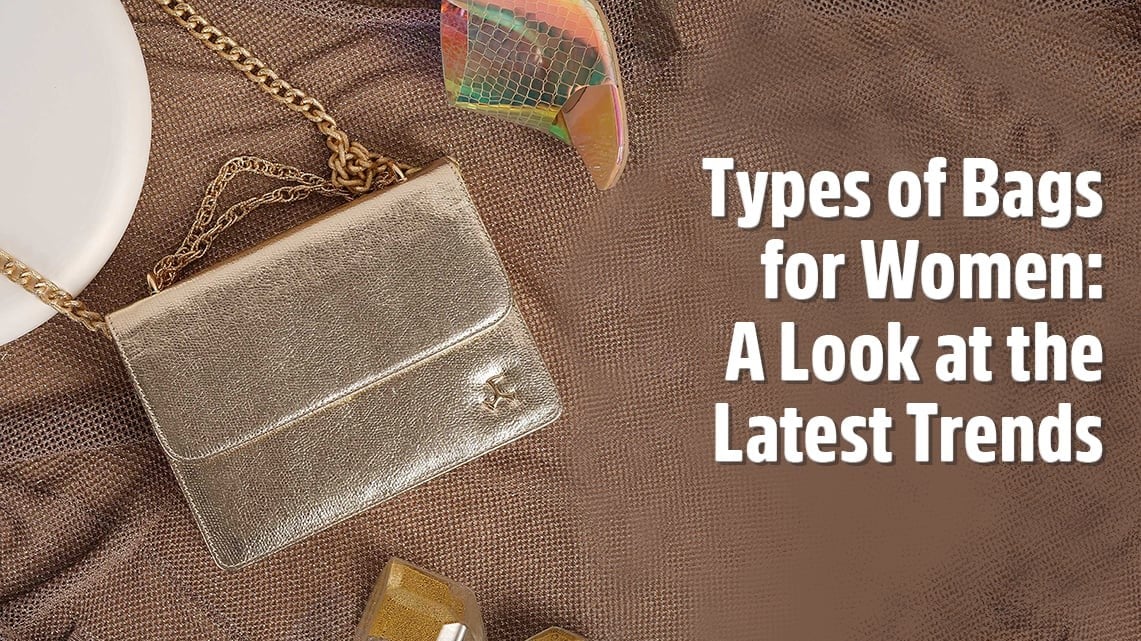
.webp)

